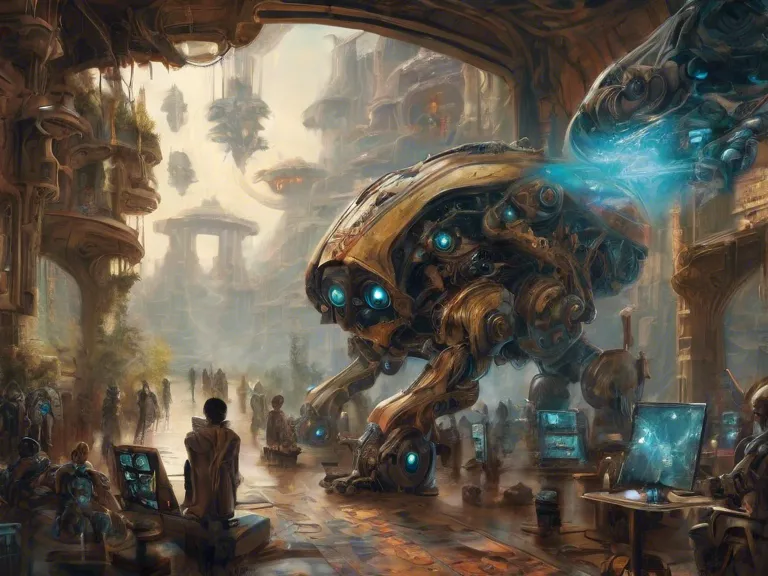
Dreaming Machines: How AI is Shaping the Future of Fantasy Art
Artificial Intelligence (AI) has been making waves in the art world, especially in the realm of fantasy art. With the ability to generate unique and imaginative content, AI has become a valuable tool for artists looking to push the boundaries of their creativity. From generating concept art to assisting in the creation of fully rendered pieces, AI is reshaping the way fantasy art is produced and consumed.
One of the key ways AI is influencing fantasy art is through the creation of "dreamscapes." These are fantastical landscapes and scenes generated by AI algorithms that can inspire and inform the work of human artists. By inputting parameters and styles, artists can collaborate with AI to create intricate and otherworldly settings that would be difficult to imagine on their own.
Additionally, AI is being used to generate character designs and creature concepts that can serve as a starting point for artists. AI algorithms can analyze existing artwork and generate new, original designs based on the patterns and styles they have learned. This can save artists time and effort in the initial stages of their work, allowing them to focus on adding their unique touch to the piece.
Furthermore, AI is helping artists experiment with different styles and mediums. By inputting an existing piece of art into an AI algorithm, artists can see how it would look in a different style or medium. This can help artists explore new techniques and approaches to their work, leading to more diverse and innovative fantasy art.
In conclusion, AI is a powerful tool that is shaping the future of fantasy art. By generating dreamscapes, assisting in character design, and helping artists experiment with styles and mediums, AI is revolutionizing the way fantasy art is created and experienced. As technology continues to advance, we can expect to see even more exciting developments in the world of AI-generated fantasy art.

